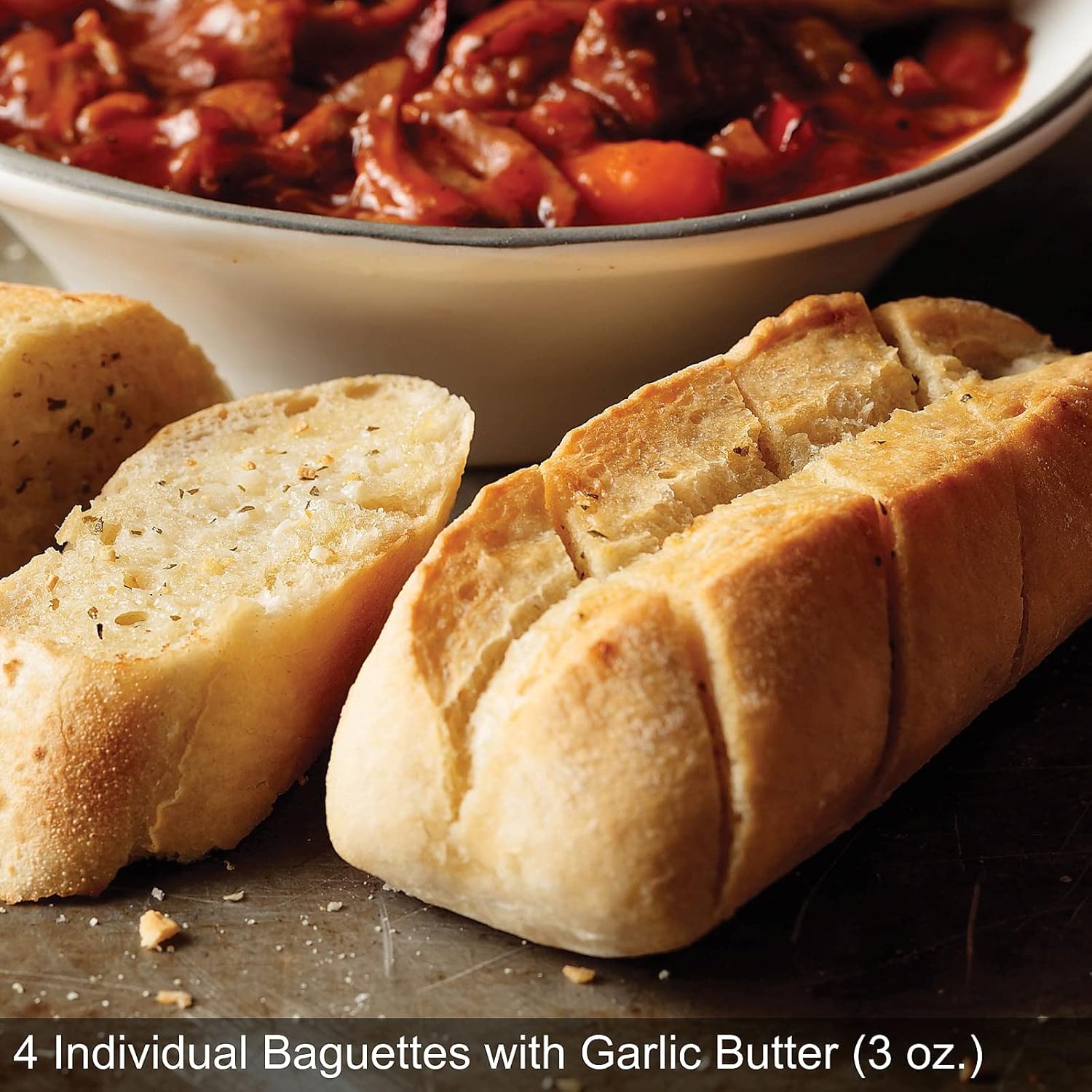



Price: $69.99
(as of Apr 01, 2025 11:15:13 UTC - Details)
What is the Best Beef Roast? A Comprehensive Guide to Choosing and Cooking the Perfect Cut
Introduction
When it comes to hearty meals, few things can rival the richness and flavor of a well-cooked beef roast. Whether you're preparing for a family dinner, holiday feast, or just a cozy night in, knowing what the best beef roast is can make all the difference. In this guide, we will explore the various cuts of beef, cooking methods, and tips to help you choose the perfect roast that suits your taste and occasion. So, let’s dive into the world of beef roasts and discover how to elevate your culinary game!
Understanding Different Cuts of Beef Roast
1. What is the Best Cut for a Beef Roast?
When considering what is the best cut for a beef roast, it's important to understand the different options available. The most popular cuts include:
-
Ribeye Roast: Known for its marbling and tenderness, ribeye roast is a favorite among meat lovers. It’s juicy and packed with flavor, making it ideal for roasting.
-
Chuck Roast: This cut comes from the shoulder and is perfect for slow-cooking. While it may not be as tender as ribeye, it delivers rich flavor and becomes incredibly tender when cooked low and slow.
-
Sirloin Roast: Leaner than ribeye, sirloin roast offers a great balance of flavor and tenderness. It’s a versatile cut that can be used for various recipes.
- Brisket: Often associated with barbecue, brisket is best when cooked slowly. It’s flavorful and great for feeding a crowd.
Choosing the right cut depends on your preferences and cooking method. Take time to consider what flavors and textures you enjoy most!
2. How to Cook a Beef Roast Perfectly?
Now that you know the best cuts, let's discuss how to cook a beef roast to perfection. The cooking method can greatly influence the final outcome. Here are some popular techniques:
-
Roasting: This is the classic method for cooking beef roasts. Preheat your oven, season the meat, and roast it until it reaches your desired doneness. A meat thermometer is your best friend here.
-
Slow Cooking: For tougher cuts like chuck roast, slow cooking is the way to go. Use a slow cooker or braise in the oven for several hours. This method allows the meat to become incredibly tender.
- Sous Vide: This technique involves vacuum-sealing the meat and cooking it in a water bath at a precise temperature. It ensures even cooking and retains moisture, resulting in a perfectly cooked roast every time.
Understanding these methods will help you choose the best approach for your chosen cut. Each method brings out different flavors and textures, so don’t hesitate to experiment!
3. What Seasoning is Best for Beef Roast?
Seasoning is crucial when it comes to enhancing the flavor of your beef roast. Here are some popular options:
-
Salt and Pepper: Sometimes, simplicity is key. A generous amount of salt and freshly ground pepper can elevate the natural flavors of the beef.
-
Herbs: Fresh herbs like rosemary, thyme, and parsley add a wonderful aroma and flavor. Rub them on the roast before cooking for a delicious herbal note.
-
Garlic: Adding minced garlic or garlic powder can enhance the flavor profile. For a more intense flavor, consider roasting whole garlic cloves alongside the beef.
- Marinades: For more complex flavors, consider marinating your roast overnight. Use a mixture of oil, vinegar, and your favorite seasonings to infuse the meat with flavor.
Experiment with different seasonings based on your personal preference. The right blend can turn an ordinary roast into something extraordinary!
4. What is the Ideal Cooking Temperature for Beef Roast?
Cooking temperature is critical for achieving the perfect doneness. Here are general guidelines for internal temperatures:
- Rare: 125°F (52°C)
- Medium Rare: 135°F (57°C)
- Medium: 145°F (63°C)
- Medium Well: 150°F (66°C)
- Well Done: 160°F (71°C)
Using a meat thermometer is essential to ensure your roast reaches the desired temperature without overcooking. Remember that the roast will continue to cook slightly after being removed from the oven, so aim for a temperature that’s a few degrees below your target.
5. How to Rest a Beef Roast After Cooking?
Resting your beef roast is a crucial step that many people overlook. After cooking, let the roast rest for at least 15-20 minutes before slicing. This allows the juices to redistribute throughout the meat, resulting in a more flavorful and tender roast. Cover it loosely with foil to keep it warm during this process.
6. What to Serve with Beef Roast?
Once you have the perfect beef roast, it’s time to think about sides! Here are some delicious options to complement your meal:
-
Roasted Vegetables: Carrots, potatoes, and Brussels sprouts roasted alongside the beef absorb all the delicious flavors.
-
Mashed Potatoes: Creamy mashed potatoes are a classic pairing that never disappoints.
-
Gravy: Don’t forget the gravy! Use the drippings from your roast to create a rich sauce that ties everything together.
- Salad: A fresh salad can balance the richness of the beef. Consider a simple green salad or a hearty Caesar salad.
These sides will enhance your beef roast experience and create a memorable meal for you and your guests.
Conclusion
In conclusion, knowing what the best beef roast is can transform your cooking experience. By understanding the different cuts, cooking methods, seasoning options, and ideal temperatures, you can create a delicious and satisfying meal. Don’t forget to rest your roast and choose complementary sides to elevate your dining experience. With these tips, you’re well on your way to mastering the art of roasting beef. Happy cooking!
1 pkg. Slow Cooker Meal: Corned Beef and Cabbage (52 oz. pkg.)
4 Individual Baguettes with Garlic Butter (3 oz.)
4 Creme Brulee (3 oz.)
